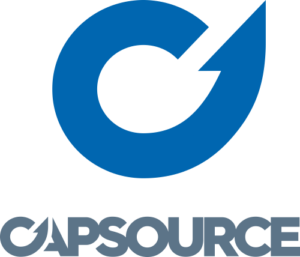The real estate market in Tampa, Florida, is booming, making it the perfect time to invest in fix and flip projects. Fix and flip loans have become increasingly popular among investors looking to purchase, renovate, and sell properties quickly. However, navigating the world of fix and flip loans can be challenging, especially for first-time investors. In this blog post, we will answer some of the most common questions about fix and flip loans, so you can make informed decisions about your real estate investments in Tampa.
What is the best loan for a fix and flip?
There is no one-size-fits-all answer to this question, as the best loan for your fix and flip project will depend on your financial situation and investment goals. Some of the most popular fix and flip loan options include:
a) Hard Money Loans: These loans are provided by private investors or companies and are often the go-to option for fix and flip projects. Hard money loans offer quick approval and funding, typically within a week or two, making them ideal for time-sensitive projects. However, they have higher interest rates and shorter repayment terms compared to traditional bank loans.
b) Home Equity Lines of Credit (HELOC): If you own a property with substantial equity, you can use a HELOC to finance your fix and flip project. HELOCs offer lower interest rates compared to hard money loans and more flexibility in repayment terms. However, they may not be suitable for investors without substantial home equity.
c) Bridge Loans: These short-term loans are designed to help investors finance the purchase and renovation of a property before selling or refinancing it. Bridge loans can be obtained from traditional banks or private lenders and typically have higher interest rates than conventional loans.
Are fix and flip loans worth it?
Fix and flip loans can be worth it for investors who have a solid plan in place and the necessary skills and resources to complete the project successfully. If you can buy low, renovate efficiently, and sell high, fix and flip loans can provide a substantial return on investment.
However, it’s essential to thoroughly research the Tampa real estate market, understand the costs associated with the project, and have a solid exit strategy in place. It’s also crucial to account for the higher interest rates and shorter repayment terms associated with many fix and flip loans.
Do banks give fix and flip loans?
Traditional banks generally do not provide fix and flip loans, as these loans are considered riskier than conventional mortgages. However, some banks offer bridge loans or other short-term financing options suitable for fix and flip projects. You may also find community banks or credit unions that are willing to work with local investors on fix and flip projects.
Private lenders and hard money lenders are more common sources of fix and flip loans, as they are willing to take on the additional risk associated with these projects in exchange for higher interest rates.
What credit score do you need for a fix and flip loan?
The credit score requirements for a fix and flip loan will depend on the lender and the type of loan you are seeking. Generally, hard money lenders have more lenient credit score requirements, sometimes as low as 600, while banks and other traditional lenders may require a credit score of 680 or higher.
It’s essential to note that a higher credit score can result in better loan terms and lower interest rates, so it’s worth investing time in improving your credit score before applying for a fix and flip loan.
Fix and flip loans can be a valuable tool for savvy investors looking to capitalize on the booming real estate market in Tampa, FL. By understanding the different loan options available and carefully evaluating your financial situation, you can choose the right financing solution to help you.





